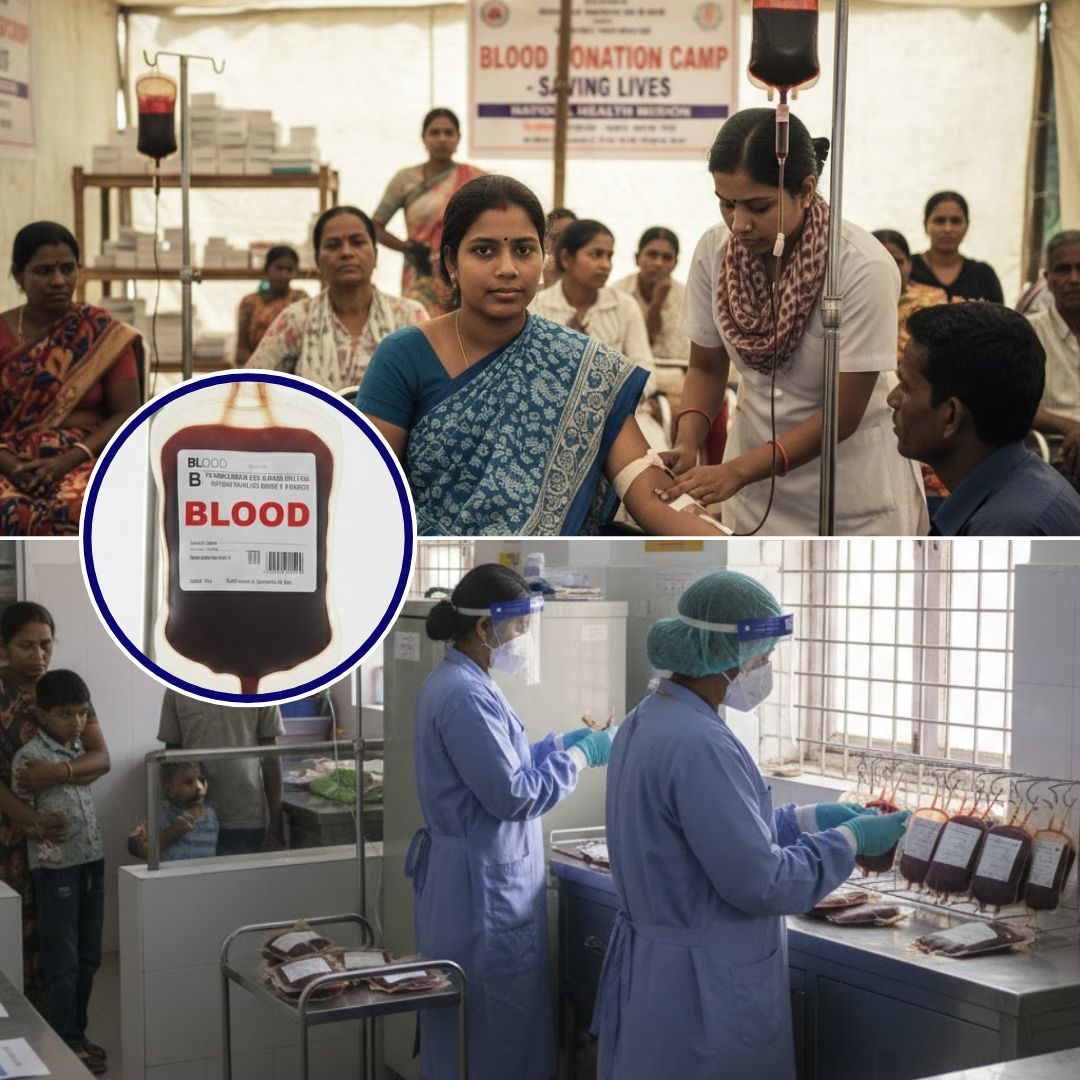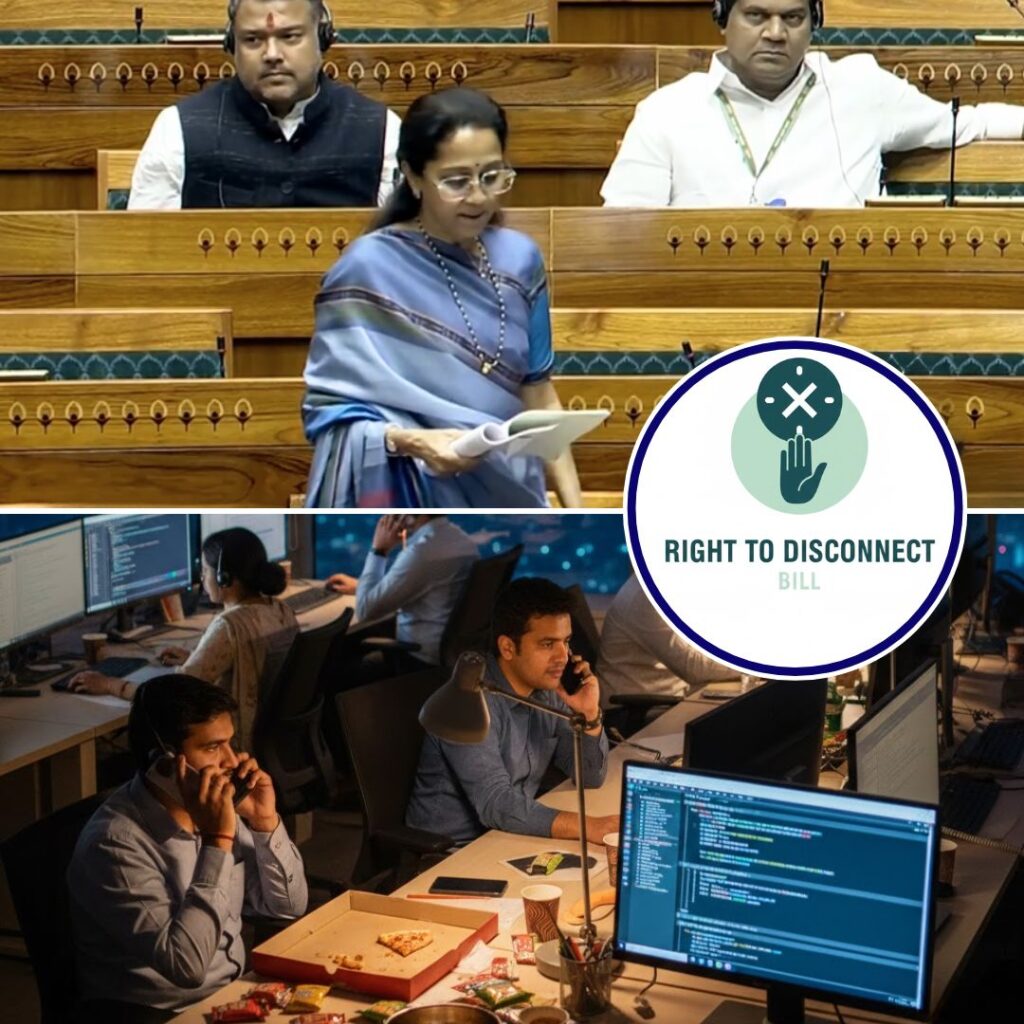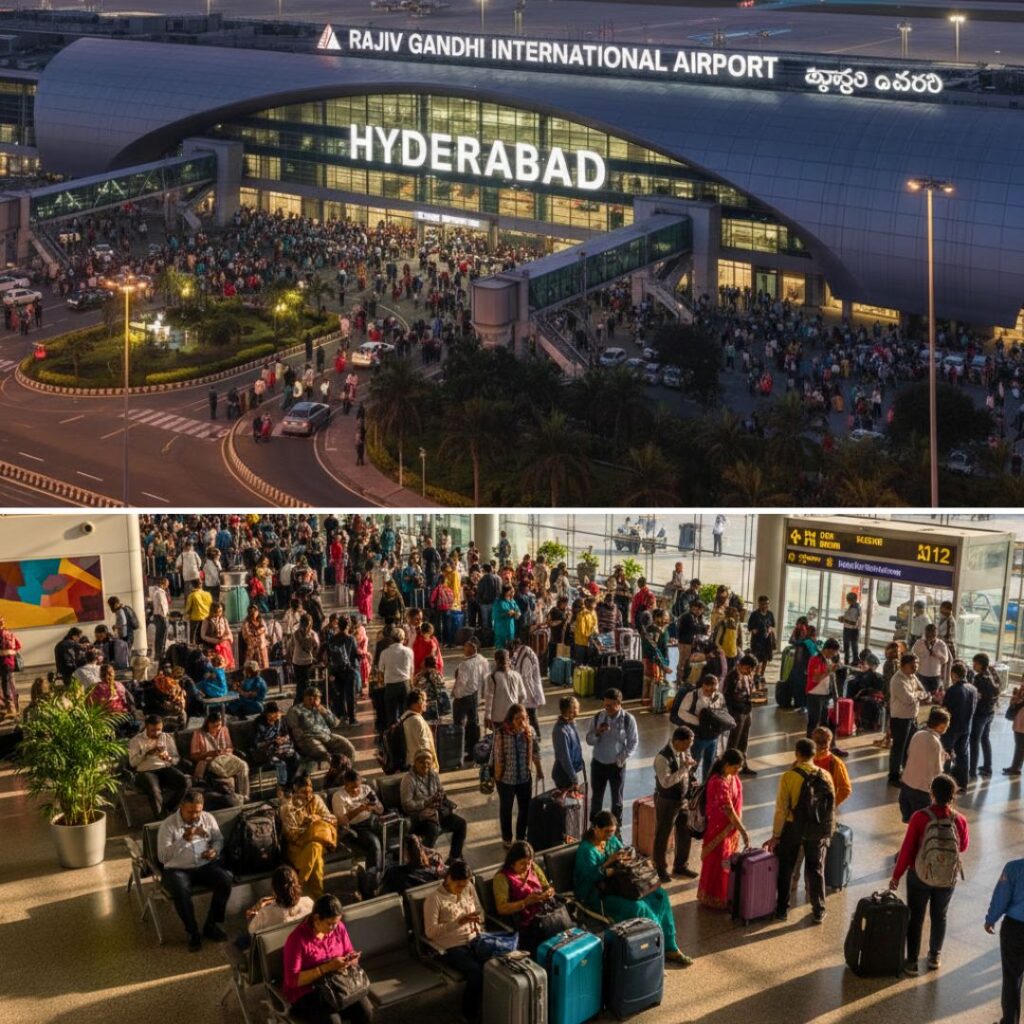Five children suffering from thalassemia in Jharkhand’s West Singhbhum district have tested HIV positive after allegedly receiving contaminated blood during transfusions at the Chaibasa Sadar Hospital. The case first came to light when a seven-year-old child tested positive on October 18, 2025, triggering an immediate investigation by health authorities.
Subsequent testing confirmed four more children with the HIV infection. In response, Jharkhand Chief Minister Hemant Soren ordered the suspension of the civil surgeon of West Singhbhum and other responsible medical staff. The government has pledged financial aid of Rs 2 lakh to each affected family and vowed to cover all treatment expenses.
A six-member medical team from Ranchi is actively investigating the incident, while the Jharkhand High Court has taken suo motu cognisance of the situation.
Individuals receiving blood transfusions should always confirm that the blood bank follows strict screening protocols using advanced testing methods like nucleic acid testing (NAT) or ELISA to detect infections including HIV.
It is important to request information about the source of the blood, verify that it comes from voluntary, non-paid donors, and ensure the hospital has proper certifications and transparent consent processes. Vigilance from patients and families, combined with adherence to national blood safety guidelines, is essential to prevent such tragic incidents.
Medical Investigation Uncovers Serious Lapses
The children, aged between six and ten, were receiving regular transfusions as part of their treatment for thalassemia, a hereditary blood disorder requiring frequent blood replacement. The Chaibasa hospital blood bank, functional since 2019, reportedly collects 45-50 units daily from voluntary and replacement donors.
Initial investigations indicate the infection could have been transmitted during the ‘window period’, the early stage when a donor is infected with HIV but antibodies are not yet detectable by standard tests. The blood bank relied primarily on rapid test kits, which experts say are less reliable compared to nucleic acid testing (NAT) or enzyme-linked immunosorbent assay (ELISA).
District officials are tracing as many as 256 donors linked to blood transfusions over the past three years to assess any further risk. All infected children have been put on antiretroviral therapy (ART) and are under constant medical observation.
Systemic Issues in Blood Safety Protocols
This incident exposes critical gaps in the safe management of blood transfusions in rural India. Despite national mandates requiring HIV and other infectious disease testing of donated blood, infrastructural constraints and outdated technology in many regions leave patients vulnerable.
The Jharkhand Additional Chief Secretary Ajay Kumar Singh stressed the need to immediately switch from rapid kits to more sensitive testing machines and ordered audits of blood banks statewide. The hospital has restricted blood transfusions only to critical cases pending further safety reviews.
Public outrage has been compounded by accusations from parents, who describe the tragedy as “careless treatment of the poor” and call for accountability from the government and hospital administrators. The Jharkhand High Court is monitoring the investigation closely, demanding transparency and swift action.
How to Ensure the Blood You Receive Is Safe
Ensuring safe blood transfusions is crucial for all patients, especially those requiring frequent transfusions like thalassemia patients. Here are key measures everyone should keep in mind:
- Verify Testing Protocols: Confirm that the blood bank uses advanced and reliable screening methods like nucleic acid testing (NAT) or ELISA alongside routine serological tests for HIV, hepatitis B & C, syphilis, and malaria.
- Check Hospital Certifications: Ensure the hospital and blood bank have valid licenses and meet regulations under India’s Drugs and Cosmetics Act and National Blood Policy.
- Voluntary Donations: Preferably, blood should come from voluntary, non-remunerated donors, which reduces the risk of concealed infections compared to replacement or paid donors.
- Request Information: Patients or their families have the right to request test reports and information about the blood unit’s origin and screening status.
- Transparent Consent Process: Hospitals must obtain informed consent for blood transfusions, clearly explaining risks and alternatives.
- Awareness and Vigilance: Encourage regular audits of blood banks by health authorities and advocate for nationwide campaigns promoting voluntary blood donations and awareness of blood safety.
- Report Concerns: Immediately report any suspected cases of unsafe transfusions or negligence to health authorities and consumer rights bodies.
These measures, alongside systemic reforms in blood safety, can make life-saving blood transfusions safer for everyone. While these are general precautionary steps to enhance blood safety, it is essential to always consult your doctor or a qualified healthcare professional for personalised guidance and before making any medical decisions related to blood transfusion.
The Logical Indian’s Perspective
This deeply distressing episode highlights how systemic failures in healthcare infrastructure directly endanger the lives of the most vulnerable, especially children battling chronic illnesses.
The Logical Indian urges immediate strengthening of blood safety protocols, investment in advanced testing technology, and strict enforcement of regulations to prevent such lapses. While financial aid and suspensions are necessary first steps, lasting change demands empathy-driven governance that prioritises patient safety and dignity.












